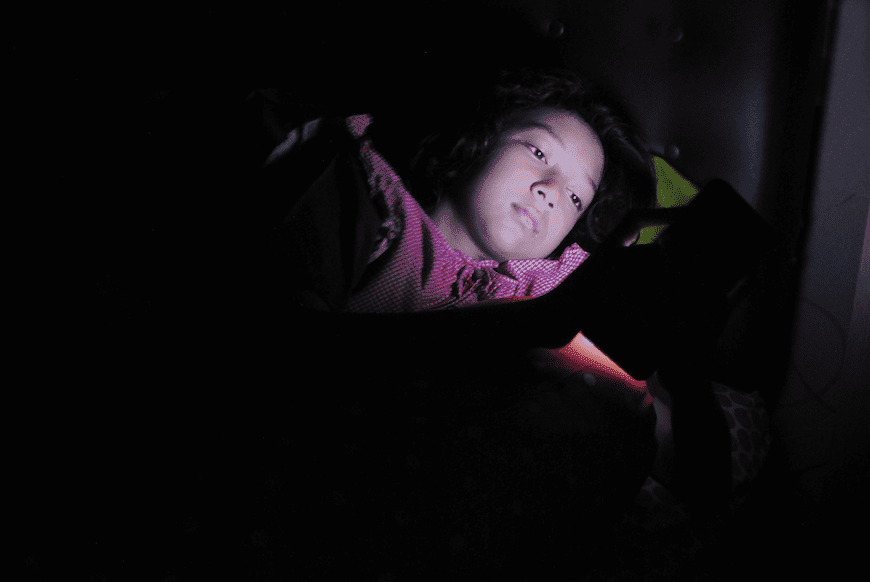That silly, sing-songy voice we all use to chat up young tots may be able to accurately predict autism spectrum disorder (ASD) from an early age. A new JAMA Network Open study finds that toddlers with ASD make less eye contact when someone is speaking to them in “motherese” baby talk.
University of California San Diego School of Medicine researchers used a new eye-tracking tool to see how much a group of toddlers paid attention when someone is talking in motherese. All of the 653 children in the study were between 1 and 4 years of age. Some were diagnosed with autism. Others weren’t.
Why People With Autism Have Trouble Making Eye Contact
Sex Differences in Psychiatric Comorbidities in Adolescents With Autism
Human Umbilical Cord Blood Infusions in the Management of ASD
The infants watched a series of movies that included either someone speaking in a motherese style, traffic sounds, or techno music with abstract shapes. The little ones were able to move their eyes to control which of the one-minute videos played at any given time. In addition to measuring eye movement and gaze, psychologists also evaluated each child for ASD and other related factors.
Toddlers without ASD paid a lot of attention to motherese speech, spending approximately 80 percent of the experiment watching the baby talk video. But the attention span of the toddlers with ASD varied widely, ranging from giving the baby talk their full focus to completely ignoring it.
The researchers were able to reliably diagnose ASD in the subset of toddlers who fixated on motherese less than 30 percent of the time based on the eye-tracking measurement alone. These children also scored lower on subsequent tests of language and social skills. Meanwhile, the children with ASD who spent the majority of the time on the motherse videos displayed stronger social and language abilities.
The authors admitted that they could not determine whether an indifference to motherese is a cause or a symptom of reduced sociability, but either way, they said it appeared to be a highly relevant biomarker for a subtype of ASD.
“The fact that we can reliably identify children with autism using such a simple and rapid eye-tracking test is really remarkable,” said corresponding author Karen Pierce, PhD, professor of neurosciences at UC San Diego School of Medicine and co-director of the UC San Diego Autism Center of Excellence. “In the future, we hope to use a child’s attention to motherese as a clue for which treatments they may most benefit from, and as a tool for measuring how well those treatments work.”
Pierce added that there is a need for easy and effective diagnostic tools for ASD that can be used on young children. The earlier the diagnosis, the more interventions can help. Eye-tracking tests like the one used in this study may help diagnose ASD from a very young age. They could also help with prognosis which in turn might help pinpoint the best treatment for each individual.
Previous studies have suggested that motherese style speech stimulates attention and learning in youngsters, helping them develop language skills and emotional reactivity. Children who pay less attention to this speech style, might struggle with social development later in life, the authors said.



